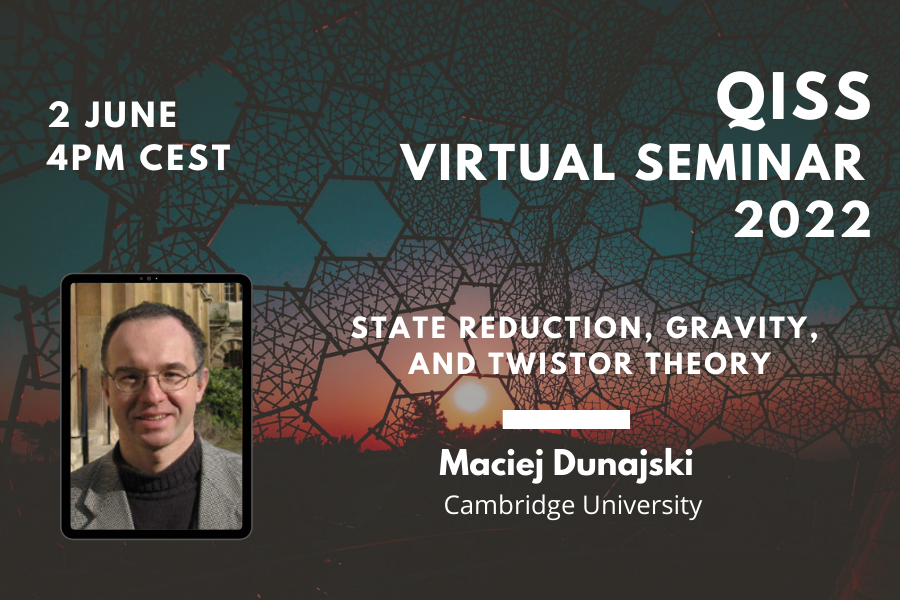In general relativity, it is difficult to localise observables such as energy, angular momentum, or centre of mass in a bounded region. The difficulty is that there is dissipation. A self-gravitating system, confined by its own gravity to a bounded region, radiates some of the charges away into the environment. At a formal level, dissipation implies that some diffeomorphisms are not Hamiltonian. In fact, there is no Hamiltonian on phase space that would move the region relative to the fields. Recently, an extension of the covariant phase space has been introduced to resolve the issue. On the extended phase space, the Komar charges are Hamiltonian. They are generators of dressed diffeomorphisms. While the construction is sound, the physical significance is unclear. We provide a critical review before developing a geometric approach that takes into account dissipation in a novel way. Our approach is based on metriplectic geometry, a framework used in the description of dissipative systems. Instead of the Poisson bracket, we introduce a Leibniz bracket – a sum of a skew-symmetric and a symmetric bracket. The symmetric term accounts for the loss of charge due to radiation. On the metriplectic space, the charges are Hamiltonian, yet they are not conserved under their own flow.
